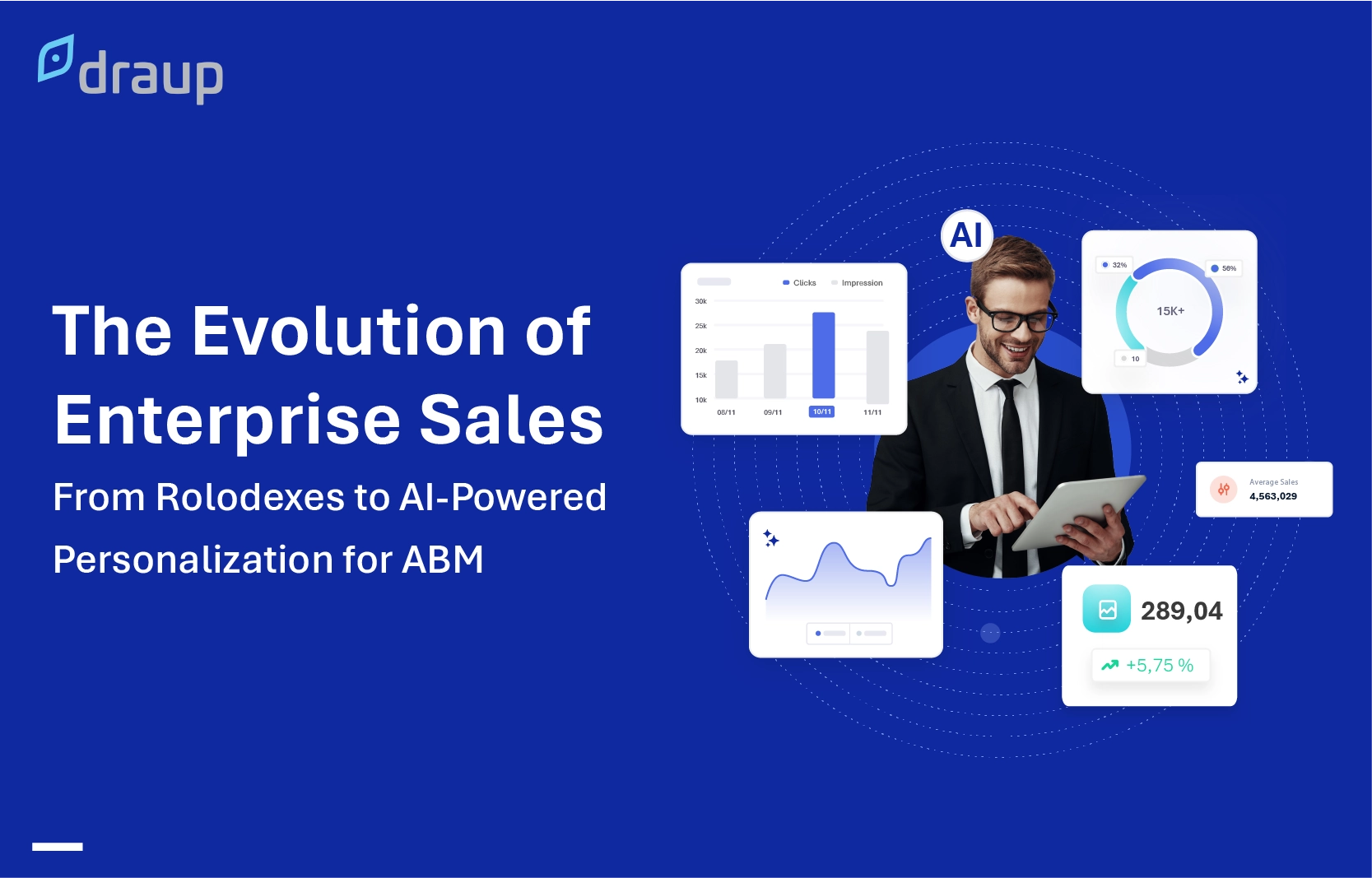Brands no longer hold the reins on shaping their stories. The power now rests in the hands of consumers.
Gone are the days when brand perceptions were carefully crafted in boardrooms. Instead, they’re woven through the digital conversation consumers have with each other. This dynamic, ever-changing narrative has become the heartbeat of modern marketing.
In an era where people trust their peers’ opinions more than anything else, it’s crucial for executives to truly understand their customers. This is where insights-driven marketing comes in, bringing consumer needs and desires to center stage.
The Why Behind Insights-Driven Marketing
Not too long ago, consumer insights were a rare gem, gathered from laborious processes like surveys. But with the internet buzzing with billions of posts every day, organizations now have a goldmine of opportunities to get to know their customers better. The challenge, however, is that a significant chunk of this data—between 60% and 73%—remains untapped for meaningful insights.
To stay ahead in this bustling digital landscape, companies need to step up their game. This is where insights-driven marketing becomes a game-changer. Powered by Artificial Intelligence, advanced data structuring, and other forward-thinking tools, this approach helps businesses find direction in the midst of chaos. It grants executives a profound understanding of what truly matters to their audiences, serving as a compass for strategic choices.
The Role of AI in Insights-Driven Marketing
Today, the partnership between cutting-edge AI and expansive language models bridges the gap between data clutter and actionable insights.
Natural language processing and visual analytics offer marketers advanced tools to grasp brand narratives and perceptions in real time. AI-driven tools like Sales Intelligence Platforms and pattern detection algorithms enhance contextual intelligence, enabling marketers to not only grasp the current landscape but also predict upcoming trends.
With AI rapidly evolving, organizations now have a golden opportunity to embrace tech-driven solutions. These solutions come equipped with trendspotting capabilities, predictive content forecasting, and the ability to gauge campaign returns on investment—equipping brands to not only survive but thrive in the face of change.
Navigating Challenges at an Enterprise Level
The rewards of insights-driven marketing are inextricably linked to business growth. Brands that leverage data-driven marketing can potentially boost net sales value by up to 5% and improve marketing efficiency by up to 20%. However, the path to these rewards isn’t without its challenges.
Insights-driven marketing solutions offer executives a panoramic view of consumer data across key business areas—marketing, public relations, strategy, research, and development. But without a robust system and a dedicated team for analysis and communication, this treasure trove of information loses its potential impact.
Given the intricacies involved, large enterprises require tailored solutions for effective insights-driven marketing. It’s the synergy of cutting-edge tools and premium services that cater to the unique needs of the enterprise level.
Real-World Success Stories
Leading brands across industries are already reaping the benefits of scaling insights-driven marketing, witnessing transformational outcomes. In fact, a recent survey revealed that 87% of these brands reported a significant increase in customer engagement and brand loyalty after adopting data-driven marketing strategies.
This convergence of data-driven marketing strategies and advanced technological solutions is propelling businesses toward more effective engagement, informed decision-making, and enhanced customer experiences. As a result, organizations can now harness the power of data to tailor their marketing efforts and achieve higher levels of efficiency.
Embracing the Future
Consumer conversations are the driving force behind brand management today, steering decisions at every organizational level. Insights-driven marketing empowers organizations to put their customers’ voices at the forefront, aligning business strategies with real needs. As the underlying technology evolves, brands will continue to find improved ways to understand and connect with their customers.
This surge in the digital age presents an opportunity for businesses to elevate their understanding of consumers, redefining the art of marketing. Insights-driven marketing isn’t just a trend—it’s the key to sustainable success and a symbol of brands committed to creating remarkable customer experiences.
How Draup Can Help You with Insights-Driven Marketing?
Draup’s Sales Intelligence platform blends human and AI curation, empowering companies to micro-target high-value opportunities using industry, account, & stakeholder insights.
Here are a few examples of how Draup can be used for insights-driven marketing:
- Identifying your target audience: Draup can help you identify your target audience by providing you with data about their industry, company, and stakeholders. This data can be used to create more targeted marketing campaigns that are more likely to reach and engage your ideal customers.
- Creating buyer personas: Buyer personas are fictional representations of your ideal customers. Draup can help you create buyer personas by providing you with data about your target audience’s demographics, psychographics, and buying behavior. This data can be used to create marketing campaigns that are specifically tailored to the needs and interests of your target audience.
- Tracking the competition: Draup can help you track the marketing activities of your competitors. This data can be used to identify new marketing opportunities and to stay ahead of the competition.







